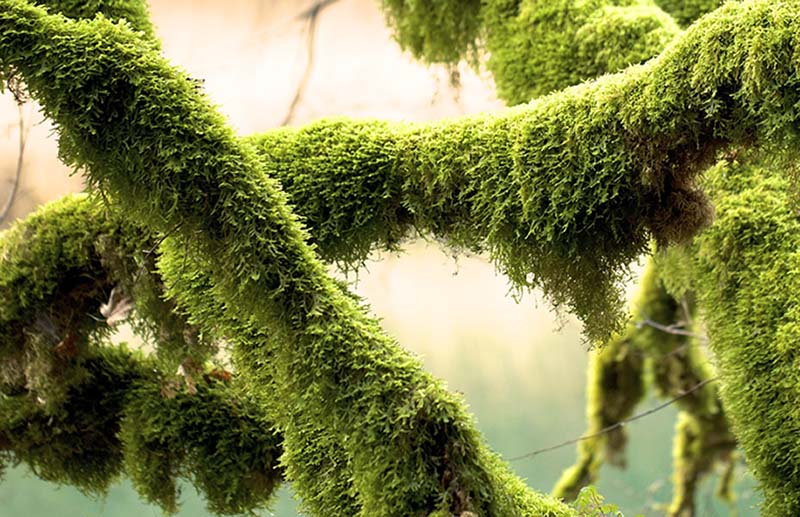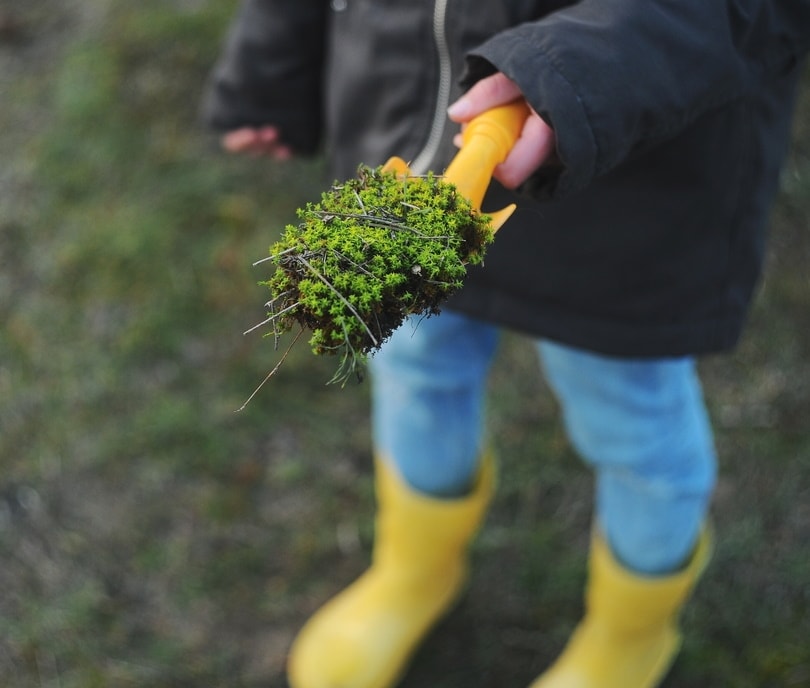What Causes Moss to Grow on Trees? Reasons, Facts & FAQ
-
Pete Ortiz
- Last updated:

Moss is much more fascinating than you may have thought it to be. These plants may be green like most other plants and require water to thrive, but you may have noticed that mosses don’t grow flowers or develop roots. This is because mosses are nonvascular, which means they don’t have the tissues that allow them to transport water and nutrients throughout the plant without direct contact with water.
Mosses can usually be found growing on tree bark. Many myths are connected to moss growth and development, such as the idea that moss only grows on the northern sides of the tree trunks. Moss grows on trees due to high humidity levels. The article below will discuss how moss grows in such a specific environment and what the primary cause is.
What Is Moss?
Mosses are seedless carpet-like plants that belong to the group of plants called Bryophytes. Mosses grow extremely low simply because they cannot draw nutrients from a distance. Instead of the typical roots we see in common flowering plants, mosses grow rhizoids, similar to the root hairs in structure—they anchor the plant to the ground but do not draw water and nutrients. The nutrients are only absorbed through the leaves. The leaves of moss are only a single cell in thickness. These plants do not produce flowers or fruits of any kind, and they do not spread seeds but instead reproduce with spores.

Where Does Moss Grow?
Moss is considered an ancient plant, which is why it has grown to be an incredibly hardy species. Mosses can live in habitats ranging from the most humid environments of forests, lakes, and streams to polar regions. Moss can be found in almost any environment, with the exception of salt water. Since moss does not develop roots, it looks for surfaces it can stick to with its tiny rhizoids, such as stone, tree trunks, or the ground. While it can survive in most areas, the preferred environment for moss is cool, humid, and dark.
What Causes Moss to Grow on Trees?
Since most searches for moist environments to grow, tree trunks and bark make it an excellent environment for thriving due to high humidity levels. Bark on the tree and leaves collect large amounts of moisture, especially in woodlands where little sunlight reaches. This dark and humid environment is extremely welcoming for moss, so it starts developing and attaching itself to the tree trunk. While moss tends to grow mostly on leaves and tree trunks, it can also grow on stones and areas without water sources, such as condensation dripping down the trunk.
Since moss will only flourish in areas with excellent air quality, finding moss growing on your trees may indicate a healthy environment.

Is Moss Harmful to Trees?
While some people may believe that moss is harmful to trees, this tends to be a common myth when speaking about moss. The reason this misconception exists is that moss tends to develop much faster on trees that are already dying. As your tree loses its foliage rapidly, the moss will spread on its entire surface aggressively, causing you to believe the moss is the culprit. Moss gets its nutrients from the humid environment usually found around tree trunks, but it does not take away any nutrients from the tree. So when you notice moss spreading fast on your tree, that may indicate an underlying issue or a diseased tree.
While it happens rarely, there is a minor risk of moss harming your tree. The only instance when this may occur is when the moss develops a thick layer on the bark, causing rotting due to too much moisture.
How to Remove Moss From Trees
If you believe that your trees may be experiencing a large moss infestation and you are looking for ways to remove the moss safely without harming the tree bark or nearby plants, there are a few safe techniques, such as using a moss killer spray. Another effective way of removing moss would be simply peeling it off by hand or using a pressure washer. When working with a pressure washer, use a gentle setting to keep the tree bark intact.
Final Thoughts
Moss belongs to a diverse group of plants, Bryophytes, among the oldest ancient plants adapted to living on dry land. They don’t grow roots or flowers like other plants; instead, they attach to the tree trunk with rhizoids because they adore humid and cool environments. While moss may seem much less important or interesting than regular flowering plants, they are fascinating in how it grows and develops.
Featured Image Credit: Heinz Anton Meier, Pixabay
Contents


